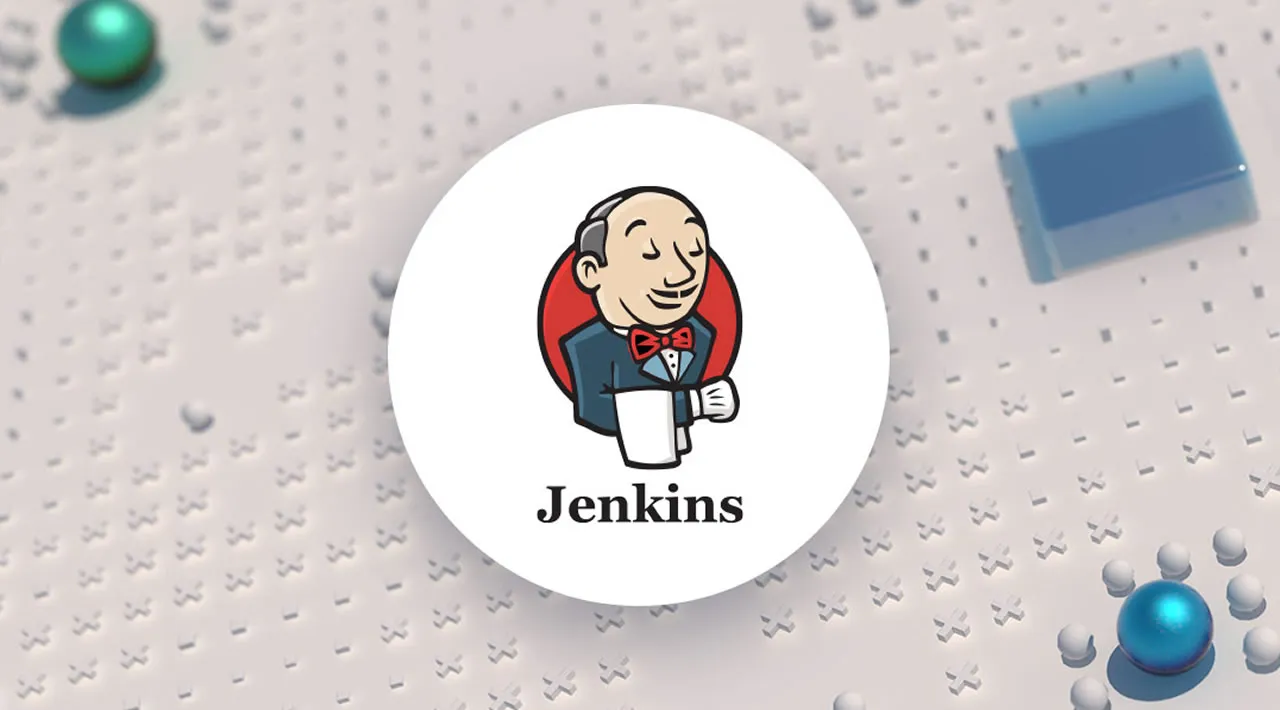Introduction
Jenkins is a popular automation server, often used to orchestrate continuous integration (CI) and continuous deployment (CD) workflows. However, the process of setting up Jenkins itself has traditionally been a manual, siloed process for the system administrator. The process typically involves installing dependencies, running the Jenkins server, configuring the server, defining pipelines, and configuring jobs.
Then came the Everything as Code (EaC) paradigm, which allowed administrators to define these manual tasks as declarative code that can be version-controlled and automated. In previous tutorials, we covered how to define Jenkins pipelines as code using Jenkinsfiles, as well as how to install dependencies and define configuration of a Jenkins server as code using Docker and JCasC. But using only Docker, JCasC, and pipelines to set up your Jenkins instance would only get you so far—these servers would not come pre-loaded with any jobs, so someone would still have to configure them manually. The Job DSL plugin provides a solution, and allows you to configure Jenkins jobs as code.
In this tutorial, you’ll use Job DSL to configure two demo jobs: one that prints a 'Hello World' message in the console, and one that runs a pipeline from a Git repository. If you follow the tutorial to the end, you will have a minimal Job DSL script that you can build on for your own use cases.
#jenkins #automate
